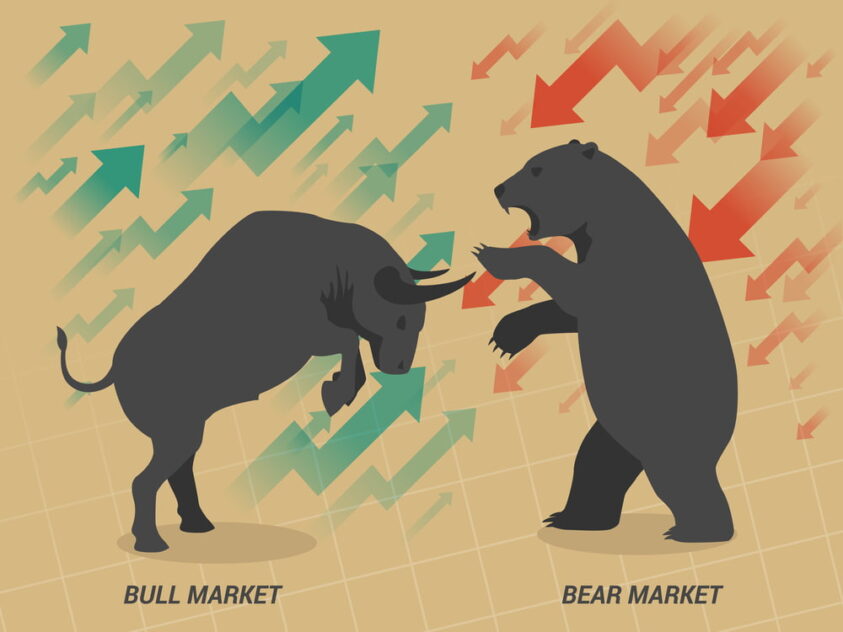STEEL prices in 2021 are considerably higher than those in 2020. As an investor, you may think that this augurs well for the iron and steel companies.
However, steel is a commodity with cyclical prices. The performance and hence the value of steel companies are more dependent on steel prices than on the firms’ specific characteristics.
Thus, you have to be careful when analysing steel companies. The earnings reported in the most recent year are a function of where they are in the cycle. Extrapolating those numbers into the future can result in a wrong picture.
One way around this is to “normalise” the earnings and cash flows over the cycle. How did the Malaysian iron and steel sector perform over the price cycle?
To answer this, I tracked the performance of the iron and steel companies under Bursa Malaysia. I selected 21 companies to represent this sector, and I tracked how they performed over the past 12 years.
There appeared to be two steel price cycles over the past 12 years. The general picture is that over the past 12 years:
- The sector was at a “stand-still” in terms of revenue.
- The 12 years’ cumulative profits for the sector can be considered as break even.
- The sector had an average of almost zero return on equity (ROE) and zero return on assets (ROA).
The findings showed that the Malaysian iron and steel sector is a tough one from a business perspective.
Revenue and profits
The sector average revenue did not show any growth from 2009 to 2020. The average revenue for the sector exhibited the cyclical nature of the iron and steel industry as shown below.

While there were ups and downs, the average sector revenue in 2020 was slightly below of that in 2009. If you ignore 2020 due to the COVID-19 pandemic, the sector revenue from 2009 to 2019 grew at only 1.8 % compound annual growth rate (CAGR). Contrast this with Malaysia’s gross domestic product (GDP) that grew at a 5% CAGR from 2009 to 2019.
Over the past 12 years, the sector was only profitable for five years (as represented by the sector average net profit). The total average accumulated net profit from 2009 to 2020 can be considered as break even.
Looking at the net profit of individual companies, about a quarter of the panel were not profitable most of the time.
- For the past 12 years, only 14 of the panel companies had positive accumulated profits. Even if you ignore the 2020 pandemic year – from 2009 to 2019 – only 15 companies had positive accumulated profits.
- There were only eight companies that were profitable annually for more than 10 years out of the 12 years period.
Returns
I looked at two return metrics – ROA and ROE. You should not be surprised to learn that the sector had averages of almost zero returns for both metrics from 2009 to 2020.
The chart below shows the ROE from 2009 to 2020. It is obvious that the profile of the sector returns followed the profile of the sector’s net profit. The chart below also showed that the inter-quartile range had widened from 2009 to 2020.

I also carried out a DuPont analysis of the ROE. The Dupont analysis is an expanded ROE formula calculated as follows:
ROE = Profit Margin x Asset Turnover x Leverage
The DuPont analysis showed that the variation in profit margins accounted for most of the ROE variation. In fact, over the past 12 years, there is a 1.00 correlation between the ROE and profit margin. For the asset turnover, the correlation is – 0.35 while it was – 0.26 for leverage.
When I compared the Malaysian sector performance with that of the US, I found that the low return was not just a Malaysian characteristic. Over the period from 2009 to 2020:
- The US steel sector had an average ROE of 2.98 %.
- The Bursa Malaysia sector had an average ROE of 0.04 %

Capital structure
The sector average total equity (SHF + MI) only grew at a 0.8 % CAGR from 2009 to 2020. You should not be surprised given the negligible accumulated profits from 2009 to 2020.
The sector was also very conservative when it came to debt. The sector average net debt to (SHF + MI) is 0.46. Net debt for each company is defined as debt less cash.
- Two of the 21 companies had zero net debt for the whole 12 years.
- Only four companies had 12 years average net debt to (SHF + MI) ratio of more than one.
The cash from operations had a more favourable picture compared to net profit. Over the past 12 years, there was only one year where the sector average cash from operations was negative. Compare this with the sector average net profit which experienced seven years of losses.

Gross profitability
Gross profitability is defined as gross profit divided by total assets. Professor Robert Novy-Max of University of Rochester had done considerable research into this metric. According to him, it has roughly the same power as book-to-market in predicting the cross-section of average returns.

Over the period 2009 to 2020, the sector had average gross profitability of 9 %. I found that the sector average gross profitability appears to have a similar profile as the gross profit.
Looking at the profile of the total assets, I found that it was relatively stable during the past 12 years. This meant that most of the variation in the gross profitability came from the variation in the gross profit.
Conclusion
If you are a long-term investor in the steel sector, you should be looking at the performance of the steel companies over several price cycles. While the overall picture for the sector looks grim, you can see from the quartile picture that there are those that stood out.
The moral of the story? Look to invest in individual companies rather than the sector. – Oct 29, 2021
Datuk Eu Hong Chew was on the board of I-Bhd from 1999 till 2020. As Group CEO, he led its transformation from a digital appliance manufacturer into the developer of i-City, the Selangor Golden Triangle.
Note: For the list of the panel companies and methodology, refer to “A tough 12 years for Bursa Malaysia steel companies” which was first published on i4value.asia.
The views expressed are solely of the author and do not necessarily reflect those of Focus Malaysia.









